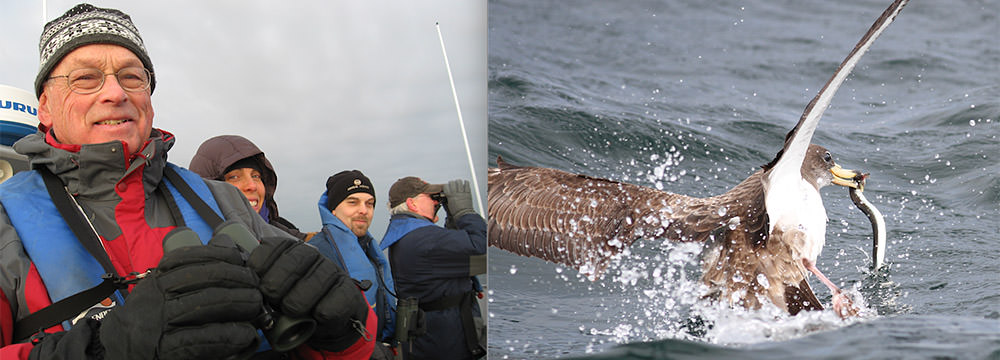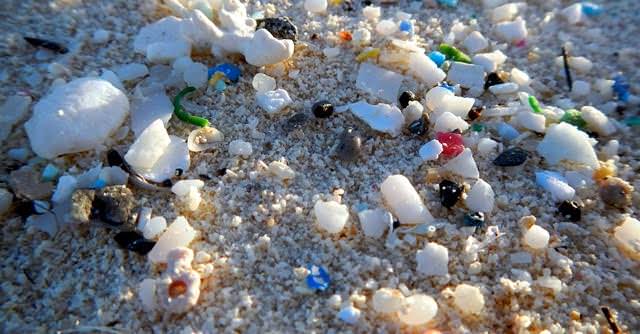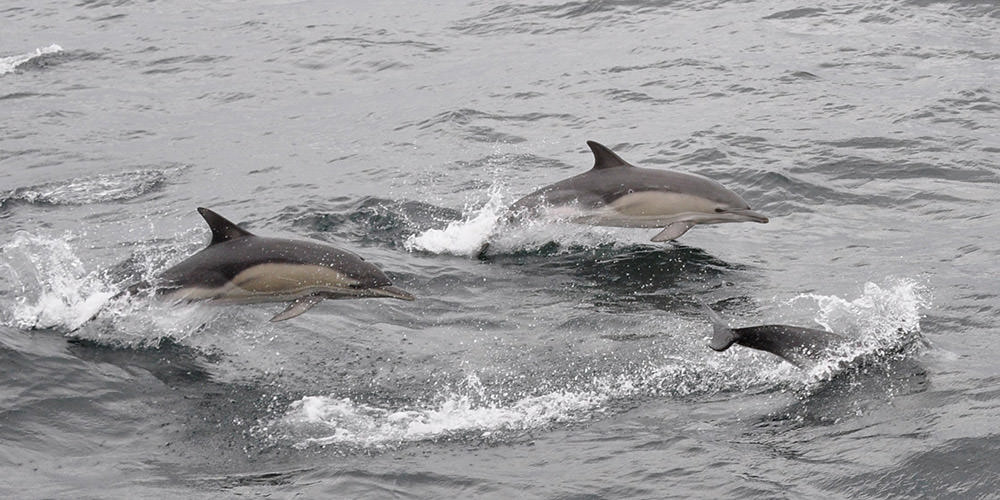For Teachers
The sanctuary offers workshops and resources for teachers on topics related to sanctuary science and conservation, including seabird tagging, marine biodiversity, and whale biology and behaviors. Our educators and researchers also work with the Office of National Marine Sanctuaries to produce online educational webinars.
In-Person Workshops
The sanctuary offers workshops at local marine educator conferences and by arrangement with nature centers, schools, or community organizations. Contact stellwagen@noaa.gov if you would like to host a workshop or fill out this google form. Check the sanctuary calendar for any postings.
Sanctuary Webinars
The National Marine Sanctuaries Webinar Series provides educators, students, and the interested public with scientific expertise, resources and training to support ocean and climate literacy. Webinars featuring Stellwagen Bank science and resources are among the scheduled offerings. Archived past programs hosted by Stellwagen Bank National Marine Sanctuary staff and associates include:
Music and Science
Use a music performance, an explanatory video, and an online game to illustrate the interconnectedness of our ocean's creatures. The musical composition was written specifically for the sanctuary's 30th anniversary with a focus on key species – humpback whales, sand lance, great shearwaters, and plankton, while expanding to celebrate biodiversity. The game indicates links between key species and human activities that can have consequential effects on the ecosystem.
Seabird Tagging
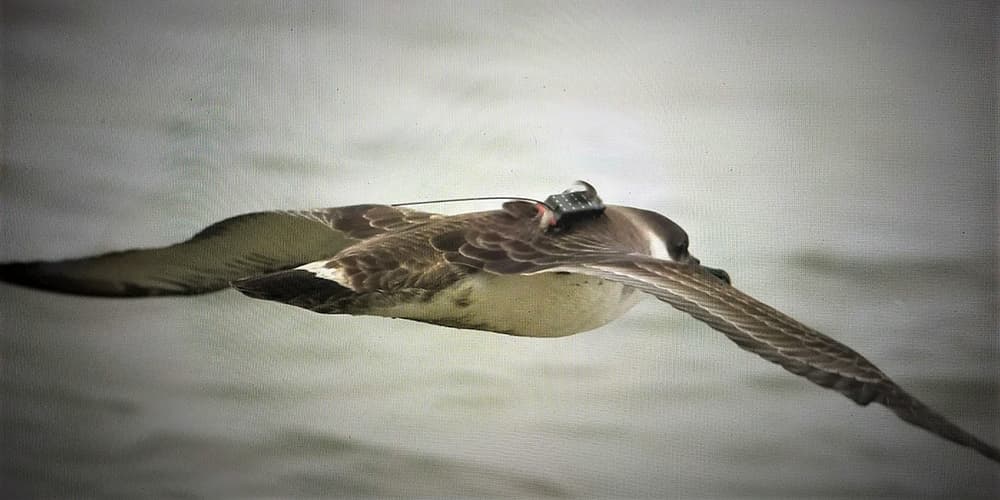
Each summer since 2014 (with the exception of 2020 due to the COVID-19 global pandemic), the sanctuary's research team has captured great shearwaters and then released them after attaching satellite tags. This technology allows scientists to track the paths of these birds in their Gulf of Maine feeding grounds, and, if the tags and their batteries survive, to track the birds' long-distance migration to the southern South Atlantic.
Teachers are provided with 24 inch x 36 inch Gulf of Maine and Atlantic Ocean tracking maps and a generic dataset for a preliminary lesson. For those who want to follow the flights of the tagged birds with real data, a daily location for each bird is forwarded to participating teachers (in weekly sets). Additional support materials include a seabird adaptations fact sheet, a recorded webinar on seabird classification and adaptations, a film on sanctuary seabirds available via YouTube, and this website's pages on the research project. Print out copies of the high resolution PDF maps (Gulf of Maine and Atlantic Ocean) for individual student use.
Write to stellwagen@noaa.gov to receive map posters and weekly data sets.
Marine Biodiversity

Each year, the sanctuary co-sponsors an annual marine art contest with the Massachusetts Marine Educators association for students in grades K-12, the theme of which is “Exploring the Marine Biodiversity of Stellwagen Bank National Marine Sanctuary.” In addition, the sanctuary has collected ideas on how art can be used to supplement and complement the teaching of marine biodiversity or ocean units. Educator workshops provide background information on principles of biodiversity and local species identification. The sanctuary encourages participation by teams of classroom and art teachers (elementary and middle schools) and science and art teachers from high schools.. You can view winning art contest entries from past years or get an entry form in our multimedia section. Photos of sanctuary species can be found in our multimedia and visit/diving, birdwatching, and whale watching pages.
Telepresence Project: Identifying Sanctuary Species, Documenting the Portland, and Exploring an Unknown Coal Carrier
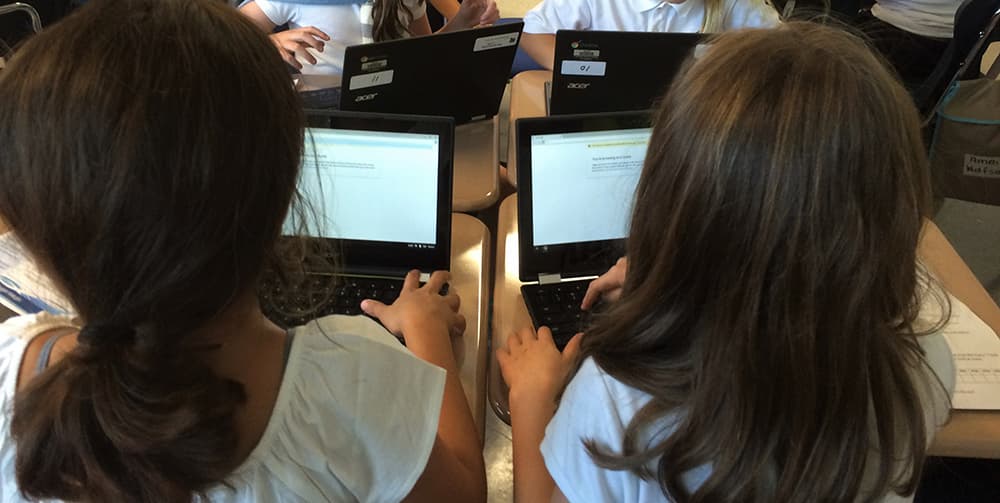
In 2019 and 2020, the sanctuary, along with the Woods Hole Oceanographic Institution (WHOI) and Marine Imaging Technologies, visited the wreck of the steamship Portland and several coal schooners. During those missions, video footage was recorded showing the marine life now growing on the wrecks. Lessons have been developed that allow students to model scientific inquiry as WHOI scientists do using frame captures. Another activity has students attempt to identify species from actual video footage from the wreck of the Portland. An identification guide to species is available for downloading as is a background reading-activity sheet on coal schooners. View information about the 2020 and 2019 missions.
Educational Whale Watch
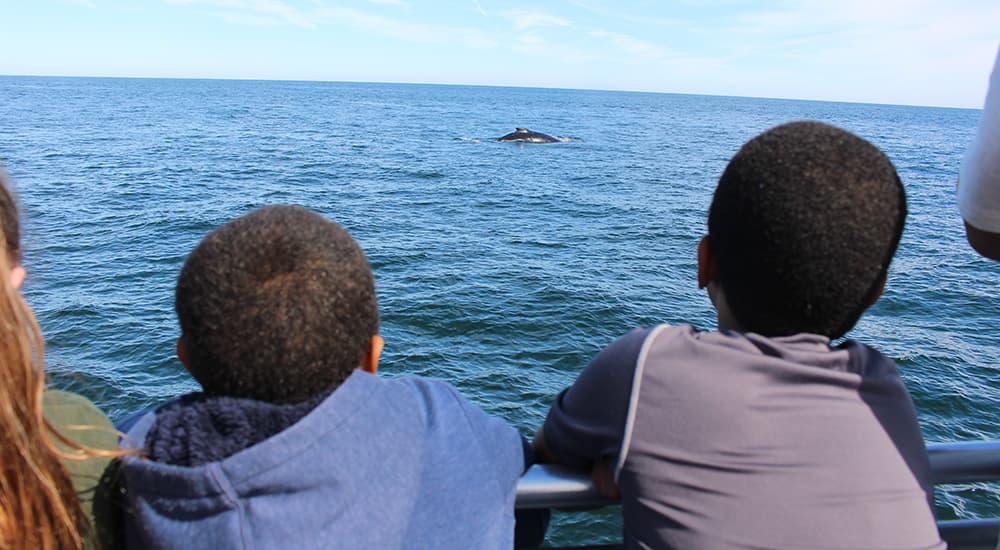
Schools contemplating whale watch field trips should consider making the excursion an educational experience and incorporate sanctuary resources in trip planning. Students can model data collection techniques used by real scientists. Information collected may include sea state, cloud cover, species spotted, whale behaviors, marine debris sightings, other vessels/human activities, and air and water temperatures (via NOAA websites or shipboard capabilities).
- National Weather Service Cloud Chart
- National Weather Service Beaufort Wind Chart
- NOAA weather buoy 44018 (SE corner)
- NOAA weather buoy 44029 (NW corner)
- NOAA weather buoy 44013 (a few miles west of the sanctuary)
- [link to Whale watching (VISIT) pages on this website]
Introduction to New England's National Marine Sanctuary
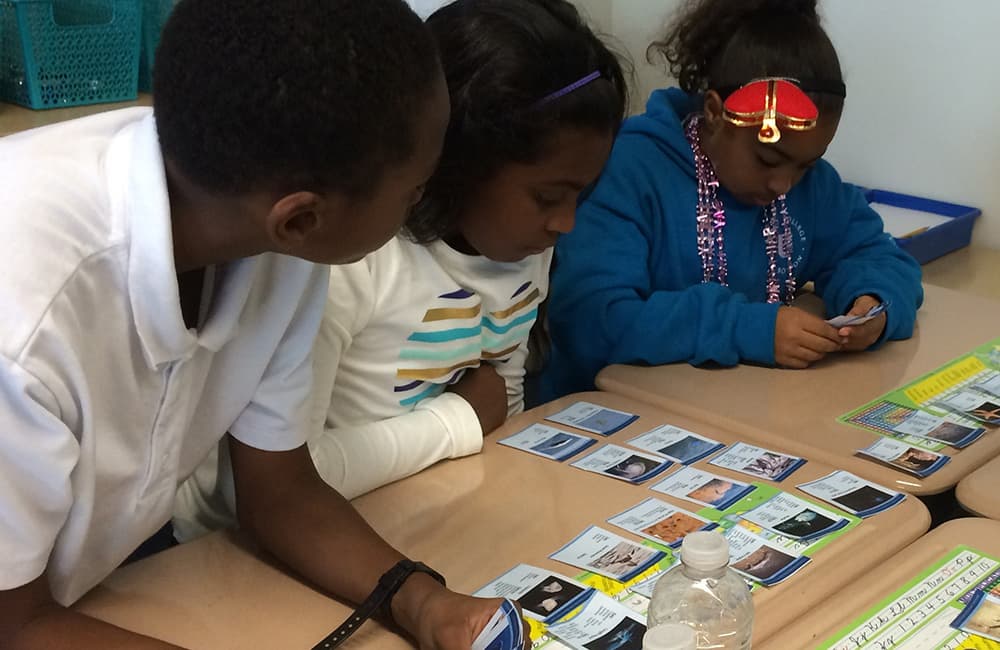
Sanctuary staff may be available for a school assembly program or class lecture (all grades including college); contact stellwagen@noaa.gov or use this google form. Workshops provide a review of the National Marine Sanctuary System, an in-depth look at Stellwagen Bank National Marine Sanctuary, the only marine protected area of its kind in New England and interactive activities that explore seafloor mapping (and a history of Stellwagen's discovery of the bank), a marine planning exercise using the shifting of the shipping lanes to protect whales, sanctuary fish identification, and findings from sanctuary research.
STREAM to Sanctuary
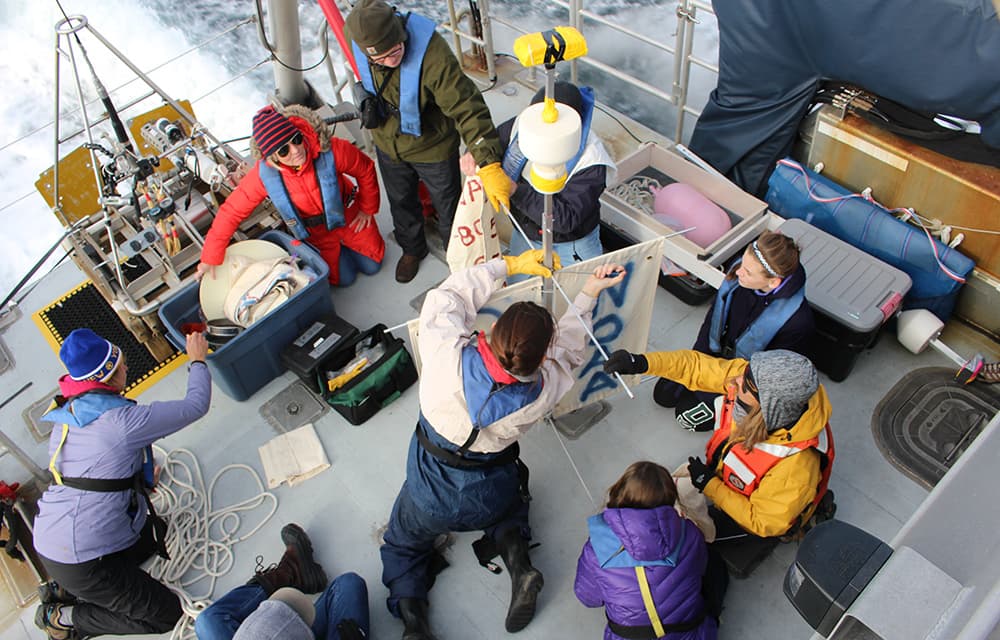
This pilot project with the Cohasset Center for Student Coastal Research and the Cohasset Public Schools supports students and teachers who want to explore STEM studies with a focus on the local watershed and its impacts on the sanctuary, outside the normal school day. Supplementary projects incorporate reading, writing (journaling), and the arts. Students who complete the two-year program will receive a Certificate of Watershed Stewardship from the STREAM (Science, Technology, Reading/Writing, Engineering, Arts, Math) to Sanctuary Program.
Map/Poster Requests
If you would like one of our posters or maps, please email your request to stellwagen@noaa.gov and indicate which product you would like mailed to you. Include your name, complete mailing address, phone number, and the school or organization where you teach.


